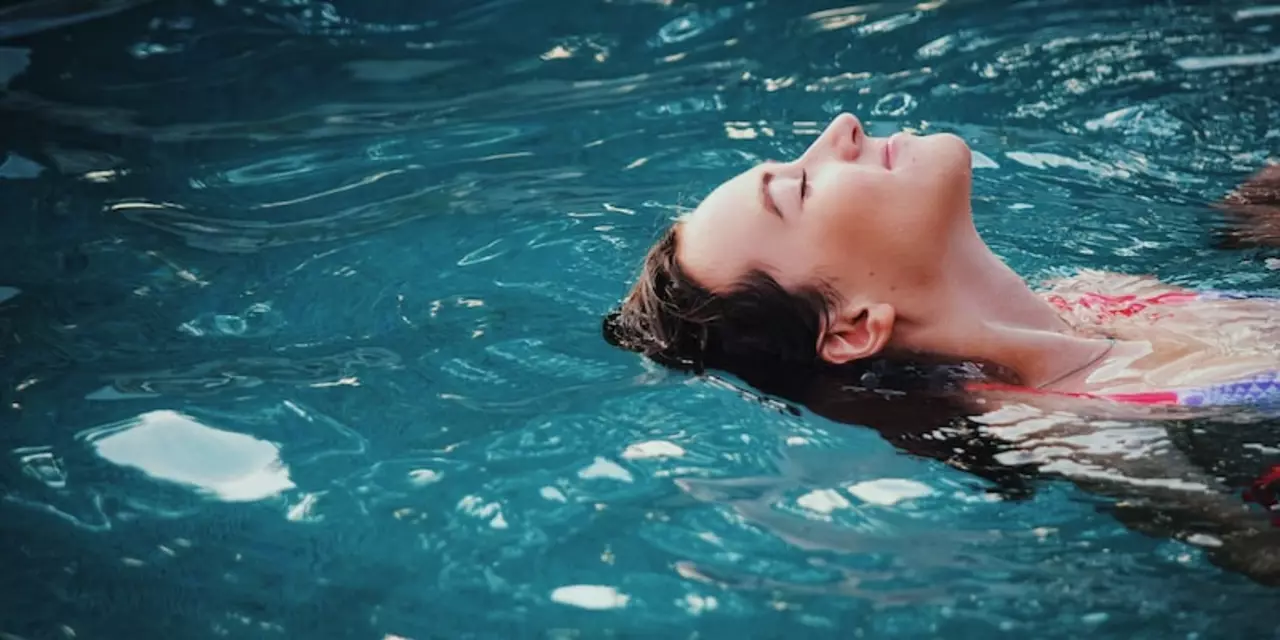Freestyle Swimming: Master the Fastest Stroke
When working with freestyle swimming, the front‑crawl stroke that combines a steady flutter kick with alternating arm pulls. Also known as front crawl, it provides the highest speed for most swimmers and forms the core of competitive and fitness swimming.
Freestyle swimming freestyle swimming encompasses several sub‑skills that work together. The first sub‑entity is breathing technique, a rhythmic side‑turn that lets you inhale without breaking body alignment. Mastering this breathing pattern reduces drag and keeps your hips high in the water. The second sub‑entity is training plan, a structured mix of interval sets, endurance laps, and technique drills tailored to your level. A solid plan ensures progressive overload, improves VO₂ max, and prevents plateaus. Finally, the fourth entity is swim gear, items such as goggles, a low‑drag suit, and a tapered cap that enhance comfort and speed. Choosing the right gear lets you focus on form rather than distractions.
Key Elements of Freestyle Success
Every effective freestyle session starts with a clear body position. Keep your head in line with your spine, eyes looking down, and hips near the surface. This alignment reduces frontal resistance and lets the kick work efficiently. Next, focus on the catch phase of the arm pull: enter the water fingertips first, extend your forearm, and pull straight back along your side. This generates propulsion while keeping your shoulder stable. Pair the pull with a steady two‑beat or six‑beat kick; the exact rhythm depends on your speed goal and fatigue level.
Breathing without breaking the flow is a common stumbling block. The most reliable method is the 3‑stroke “bilateral” pattern: breathe every third stroke, alternating sides. This habit balances muscle development on both sides and improves overall symmetry. If you’re just starting, practice the “catch‑up” drill—one arm stays extended while the other completes a full stroke. This isolates the breathing turn and helps you find a smooth, low‑profile head lift.
When you build a training plan, blend high‑intensity intervals with longer, steady‑state swims. A classic session might include 8×50 m sprints at 90 % effort with 20 seconds rest, followed by 400 m continuous swim at a moderate pace. Track your times and adjust the rest intervals weekly; gradual reduction forces your cardiovascular system to adapt. Adding drills like “finger drag” (dragging your fingertips along the surface) reinforces high elbow recovery, a hallmark of efficient freestyle.
Gear selection matters more than many think. A well‑fitted, chlorine‑resistant swimsuit cuts water turbulence, while anti‑fog goggles keep your vision clear during long sets. A snug cap reduces drag by up to 10 %, a measurable gain in races that are often decided by fractions of a second. Some swimmers also use hand paddles for strength work, but limit them to short bursts to avoid shoulder strain.
In competition, freestyle races vary from 50 m sprints to 1500 m marathons. Short races demand explosive power, quick turnover, and a high‑beat kick; longer events rely on steady pacing, efficient breathing, and energy conservation. Understanding the specific demands of each distance helps you tailor your training plan and gear choices accordingly.
Beyond the pool, cross‑training supports freestyle performance. Core exercises—planks, Russian twists, and leg raises—stabilize your torso, allowing a smoother roll. Flexibility work for the shoulders and ankles expands your range of motion, leading to longer strokes and a more powerful kick. Nutrition plays a role too; a balanced mix of carbs and protein before a workout fuels the muscles, while post‑session recovery meals aid repair.
Putting all these pieces together creates a cohesive freestyle system: a streamlined body position, precise arm catch, rhythmic breathing, a balanced kick, targeted training, and optimal gear. Each component influences the others—better breathing improves body line, which enhances kick efficiency, which in turn allows you to maintain speed longer.
Now that you’ve got the fundamentals laid out, the articles below dive deeper into each topic. Whether you’re looking for drill videos, gear reviews, or full‑week training schedules, you’ll find practical advice to sharpen your freestyle and swim faster with less effort.
